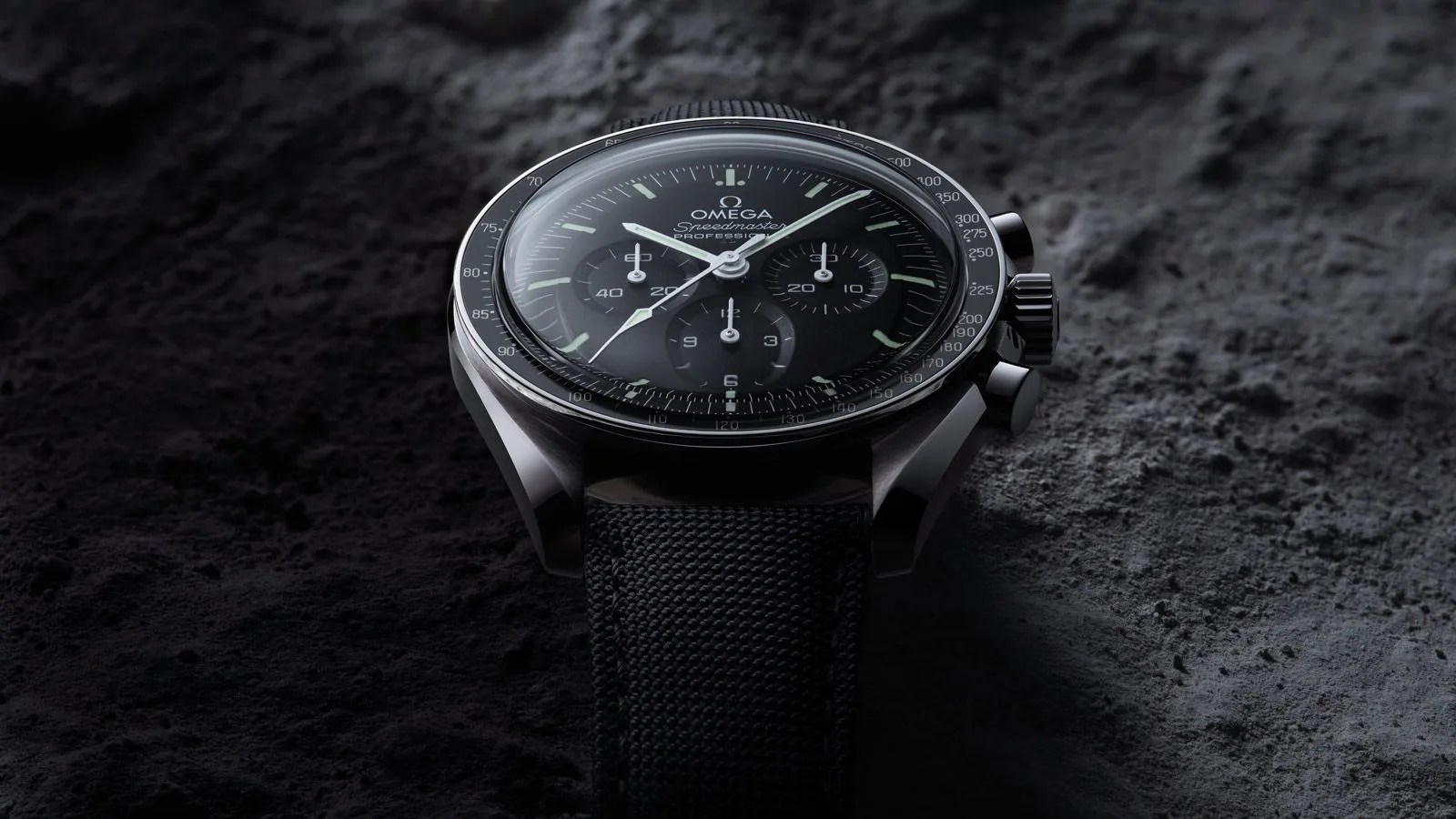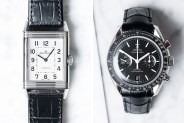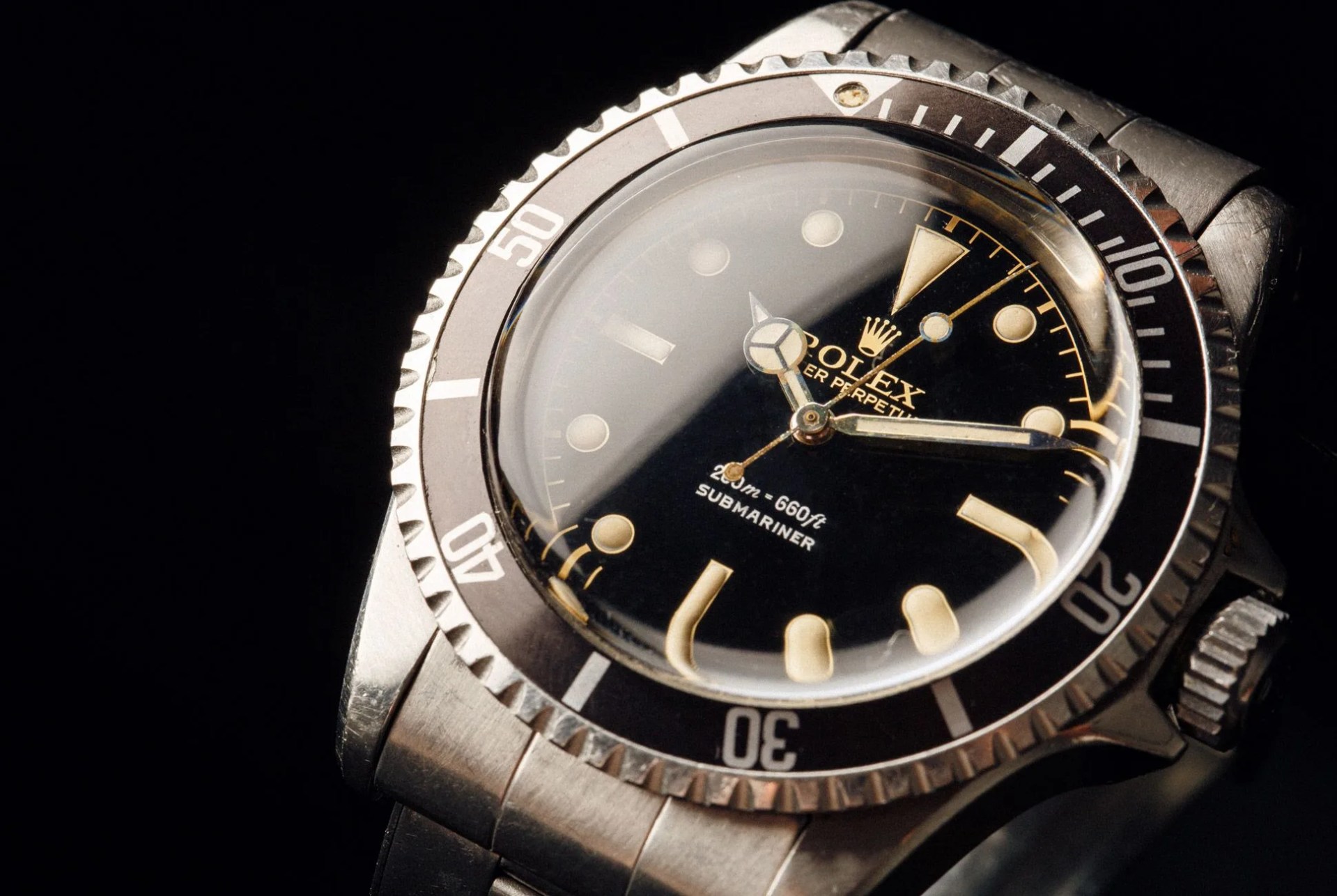Welcome to Product Support, a series devoted to helping you get the most out of your stuff.
A watch’s focal point is its dial — you don’t want to worry about the glass you’ve got to peer through. And yet, the pros and cons of different varieties of watch crystals are endlessly debated by enthusiasts. More than just a practical concern, a good crystal can significantly impact the design, user experience and even usability of a watch in several ways.
You’d be forgiven for being confused by some of the technical details found in watches’ product descriptions regarding crystals. Is sapphire better because it’s more expensive than acrylic? What the hell is a “box” crystal, anyway? And should you care about any of that? If you’re buying a watch, the answer to the latter question is certainly a “yes.” The various materials, shapes and other aspects of watch crystals, however, require a bit more breakdown:
Learn the Basic of Watch Crystal Materials
The most common types of watch crystal materials are acrylic, mineral and sapphire, and each has its benefits and tradeoffs. While their physical properties are undisputed, preferences can vary between sapphire and acrylic in particular.
Acrylic: Acrylic is a kind of plastic, also called Plexiglass, Hesalite and other names, and it’s the crystal material you’ll find on the majority of vintage watches. It scratches easily, but tends to crack rather than shatter, and this has led to some instances where it’s been preferred over sapphire: the logic is that a watch can remain functional with a cracked crystal but would be totally destroyed if the crystal were shattered. This is a reason you’ll find it used on some watches meant for rugged use, such as dive watches or, notably, the Omega Speedmaster Moonwatch (Hesalite version).




